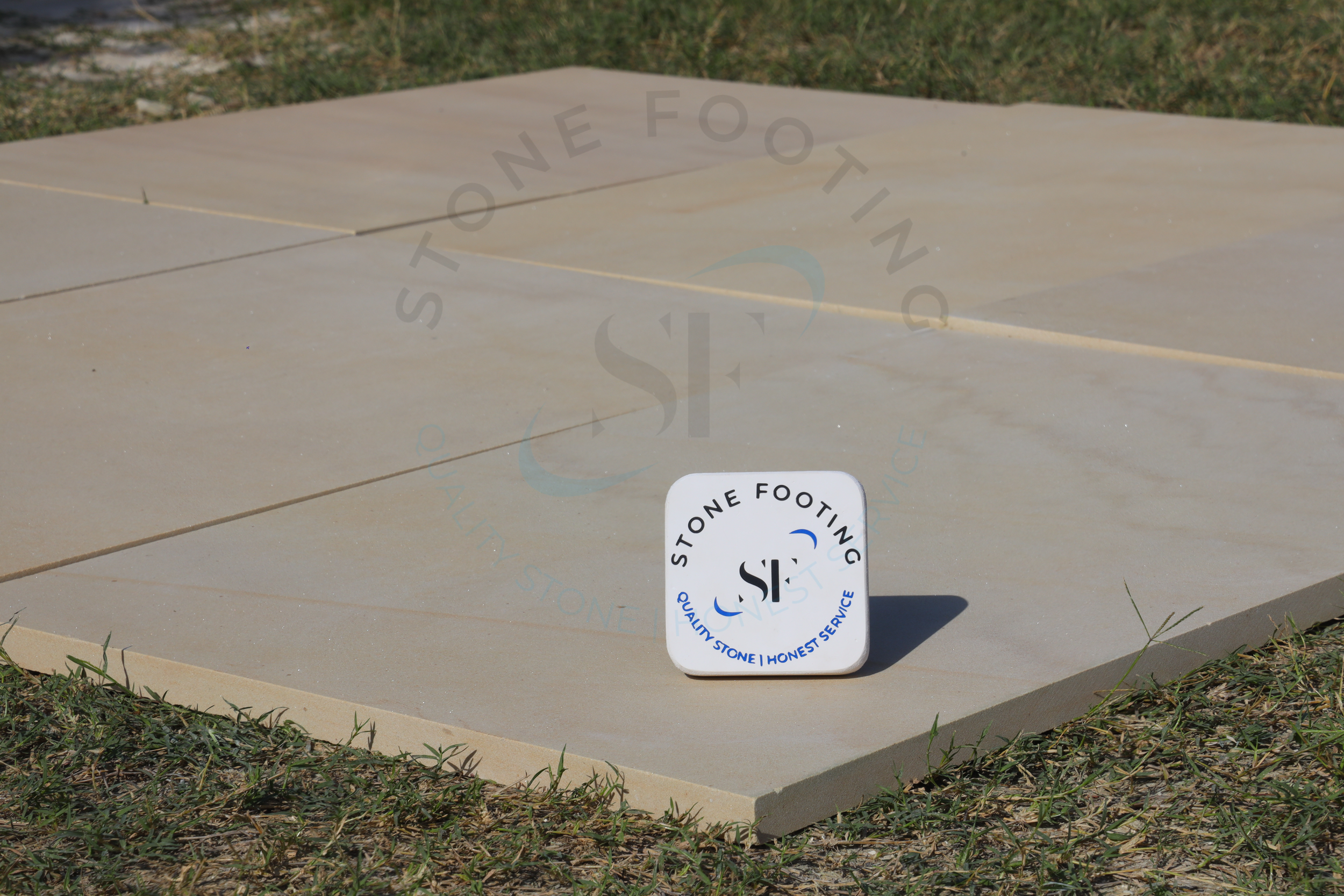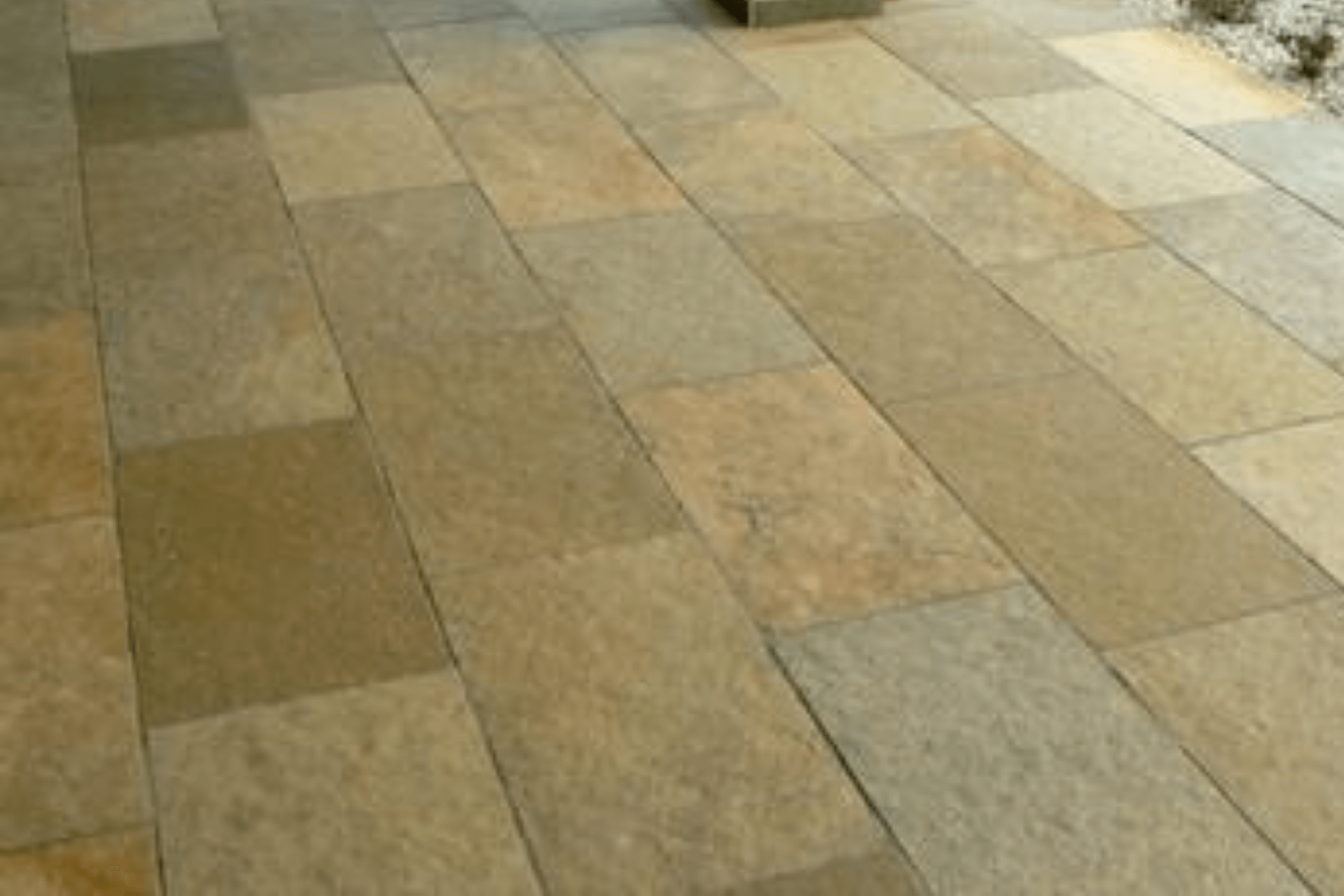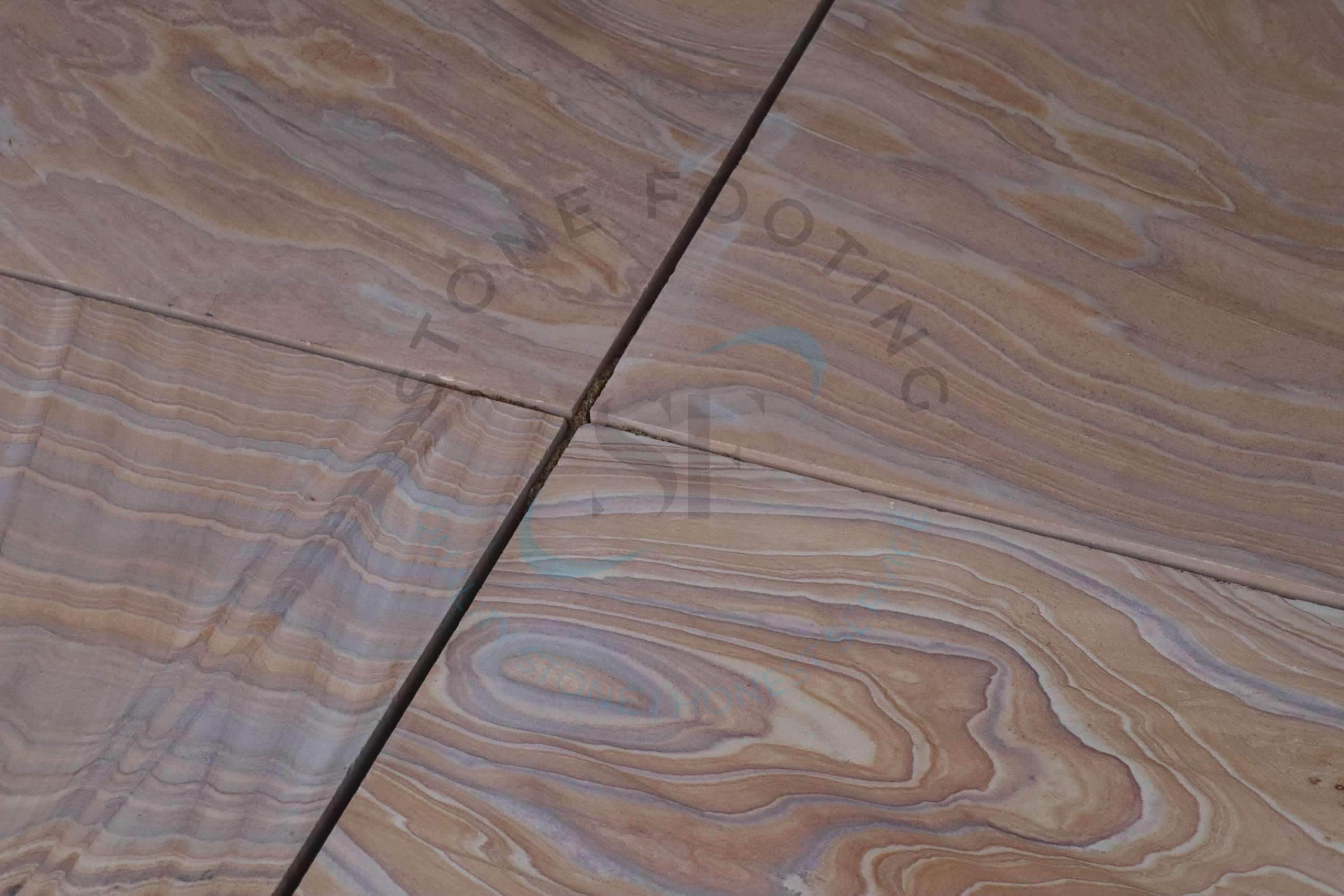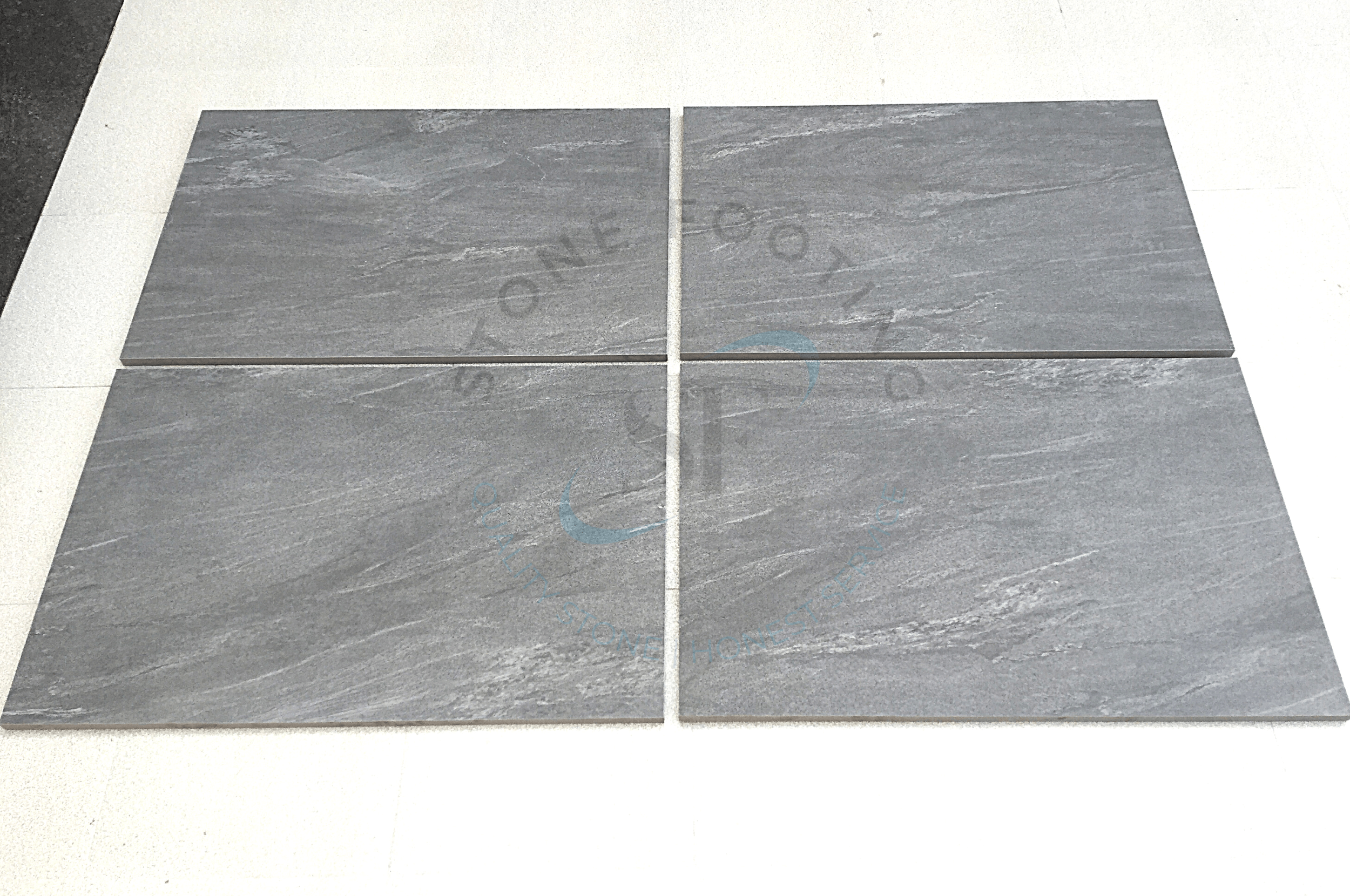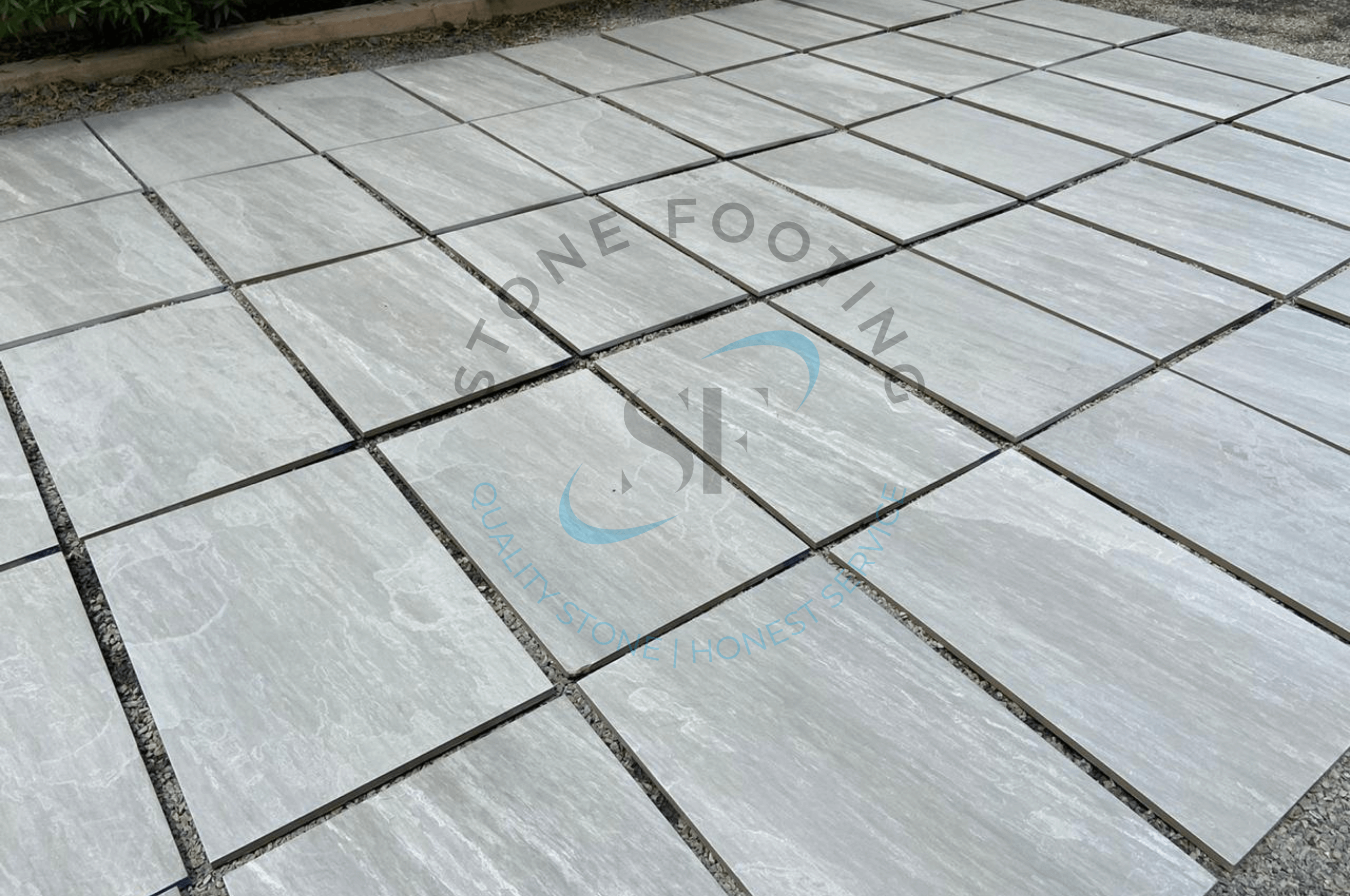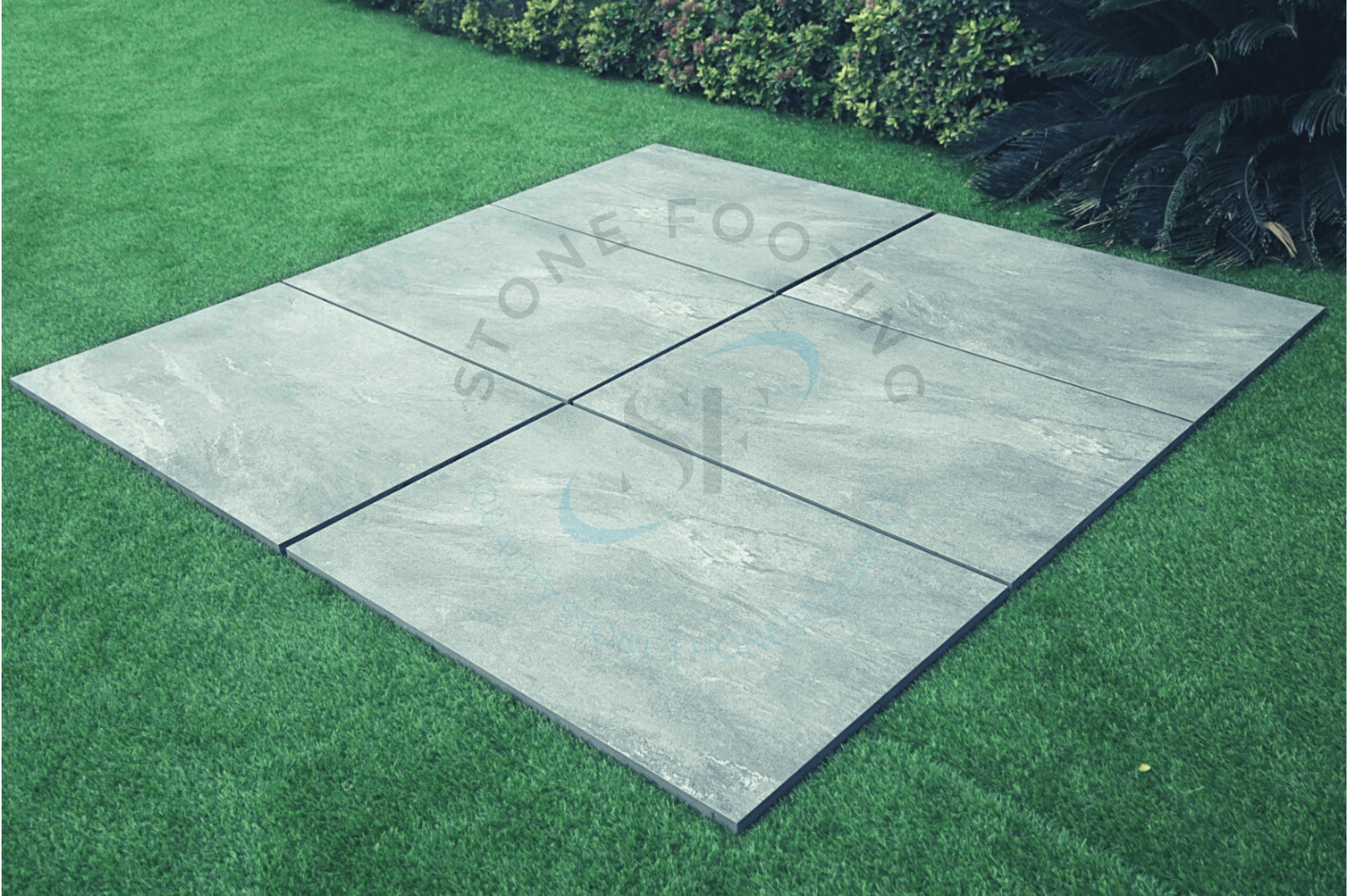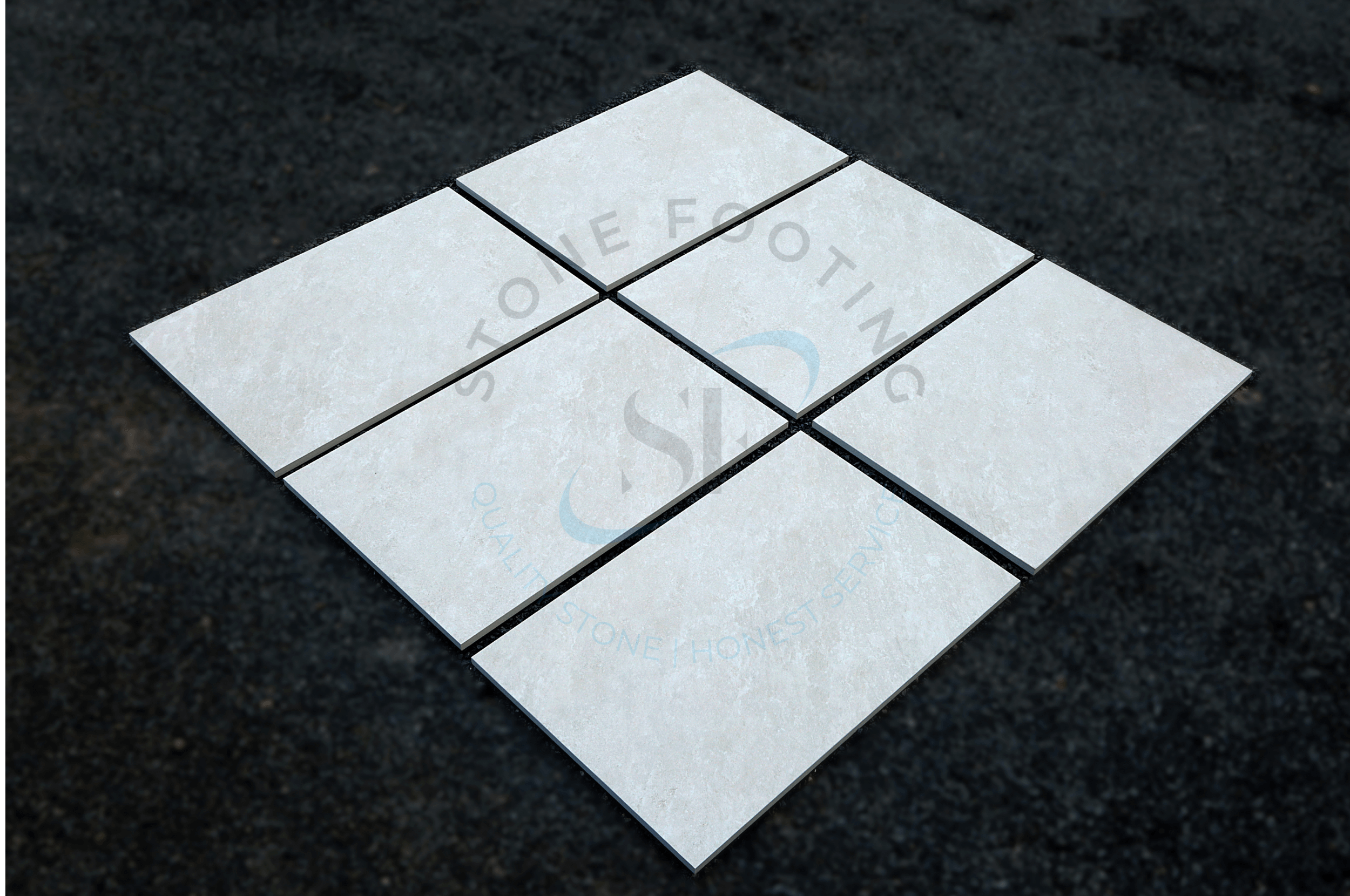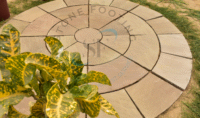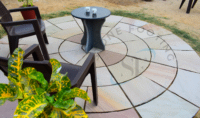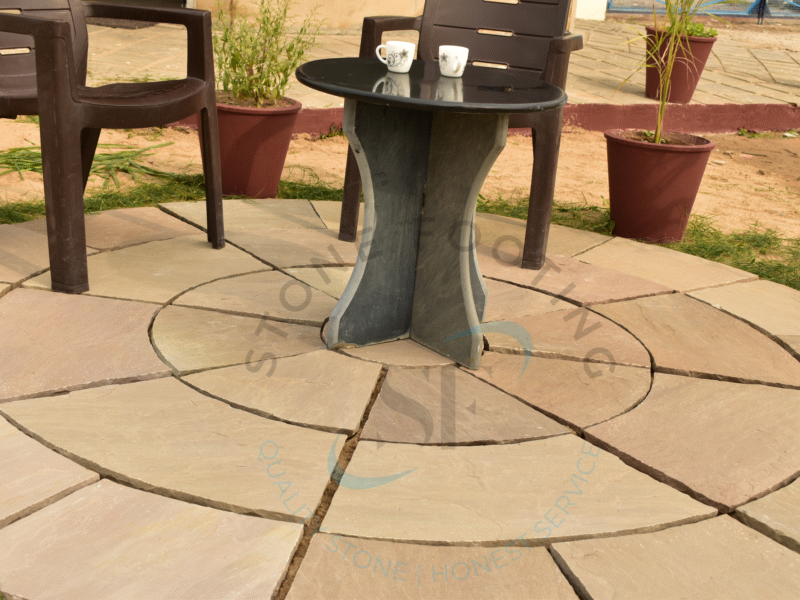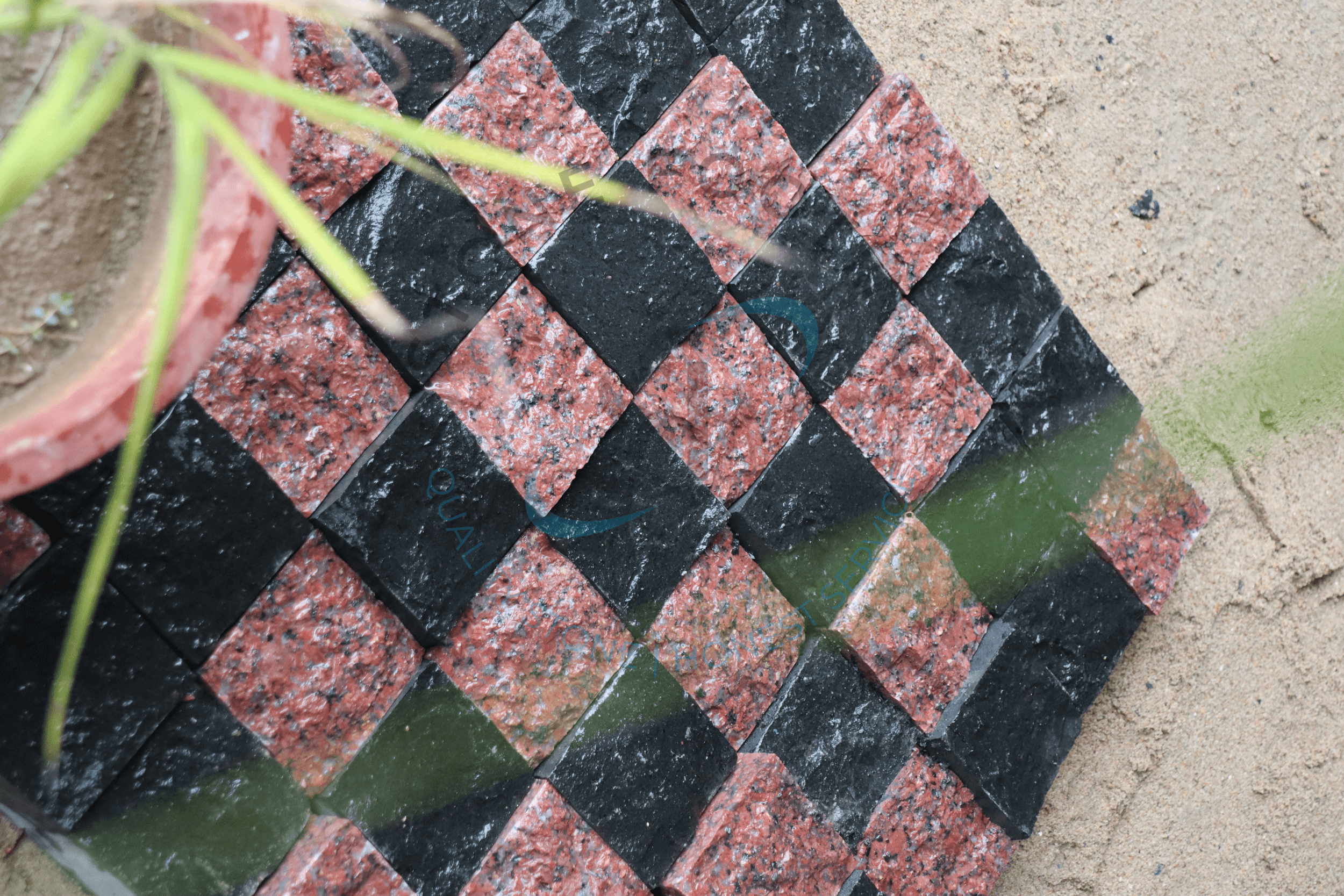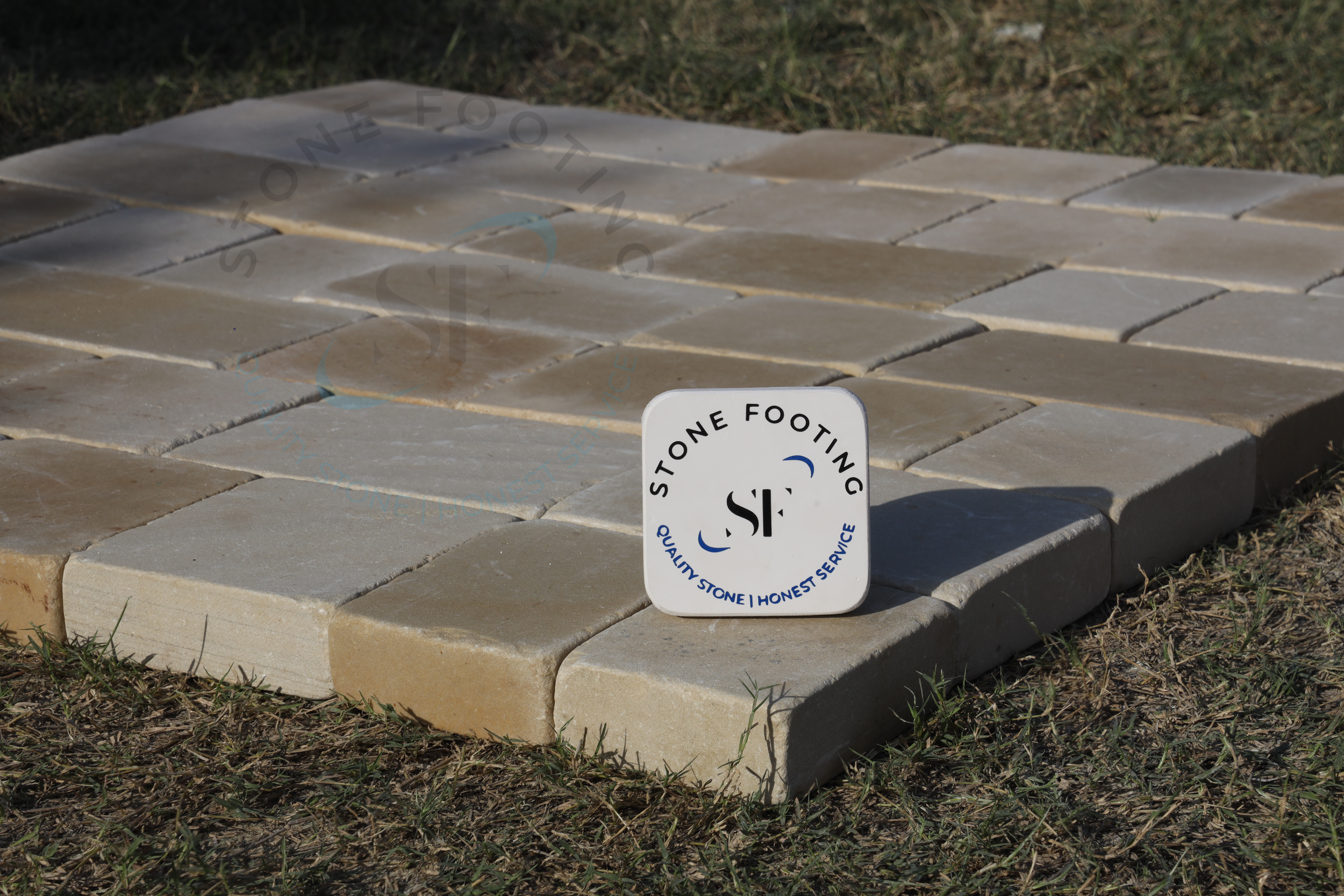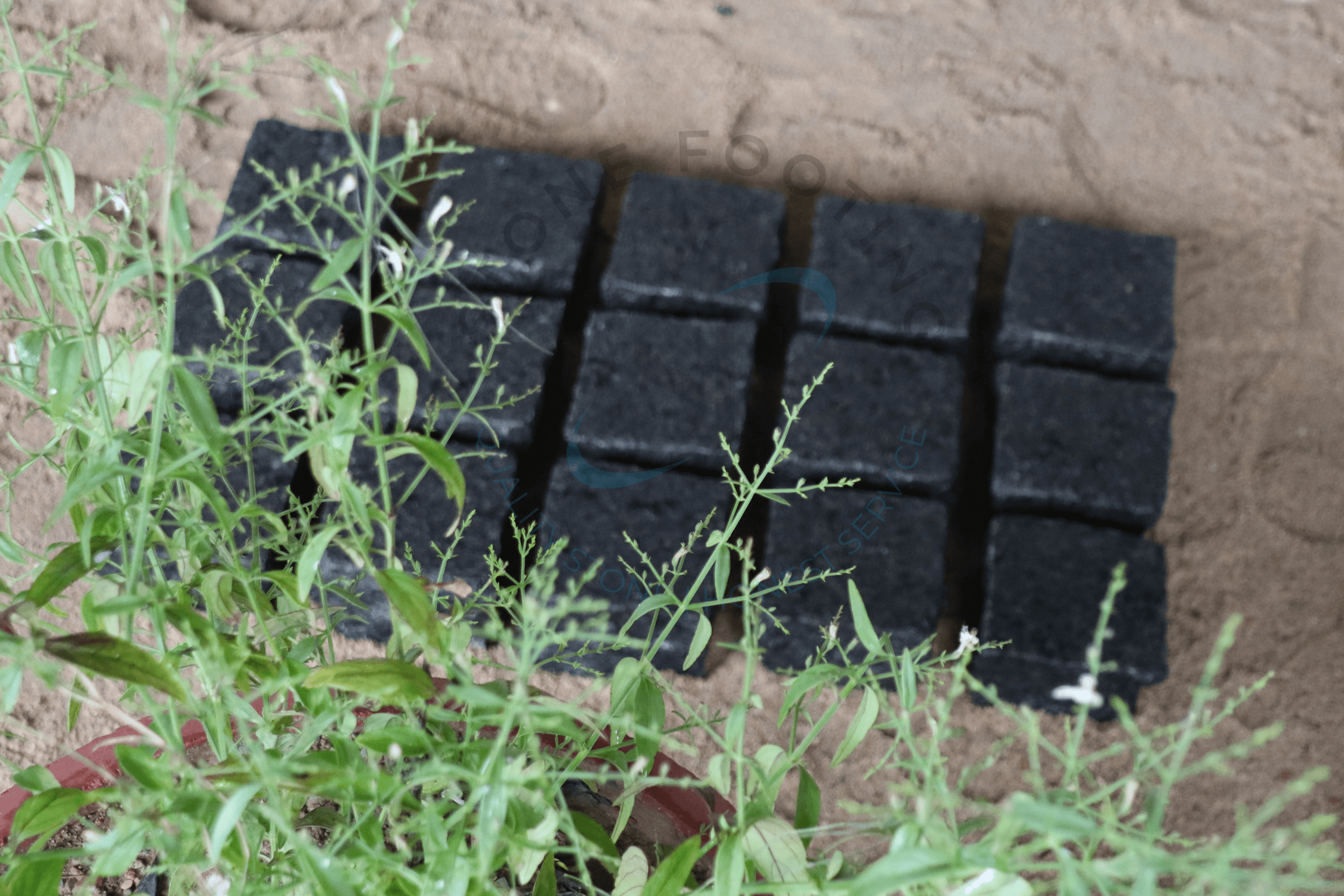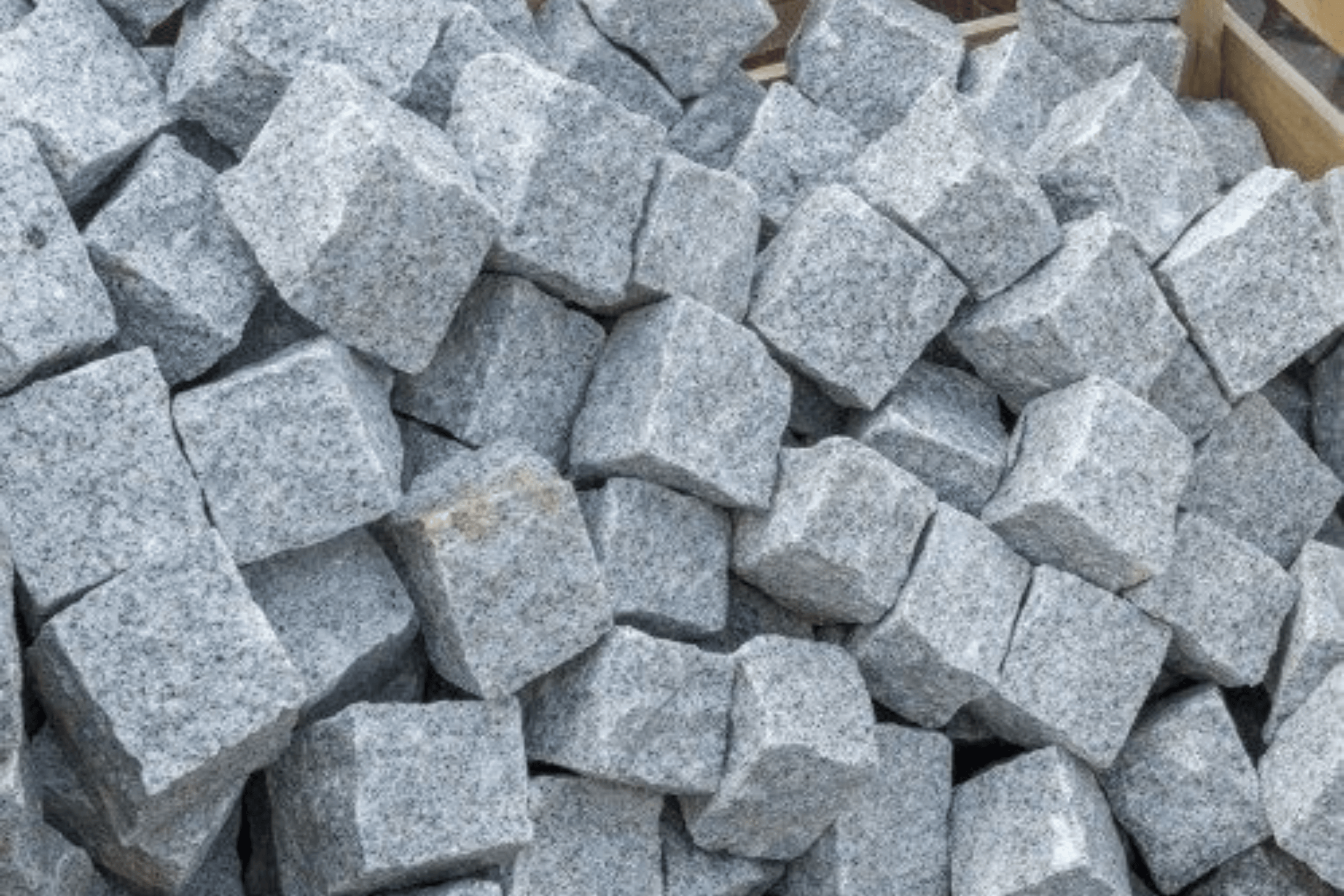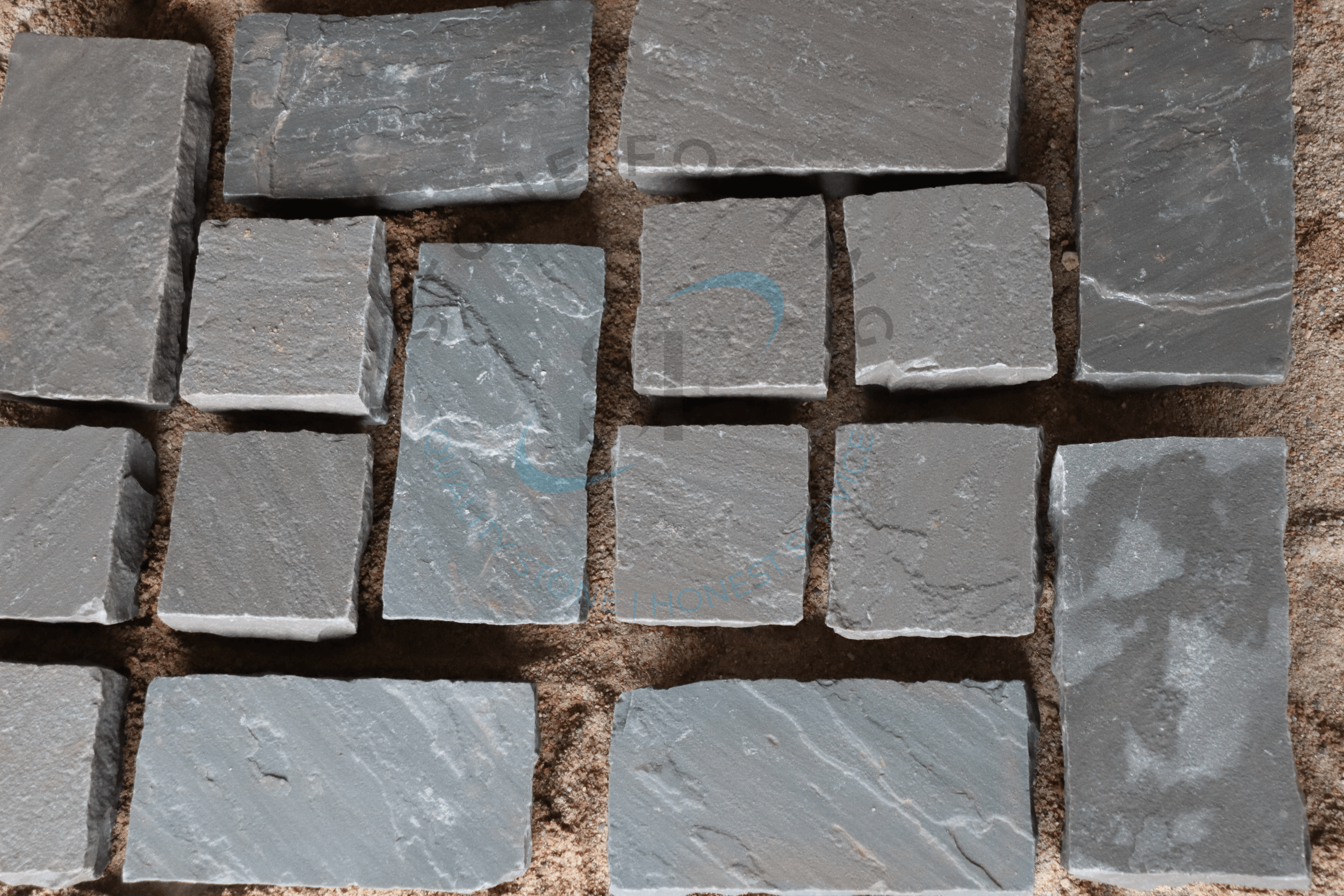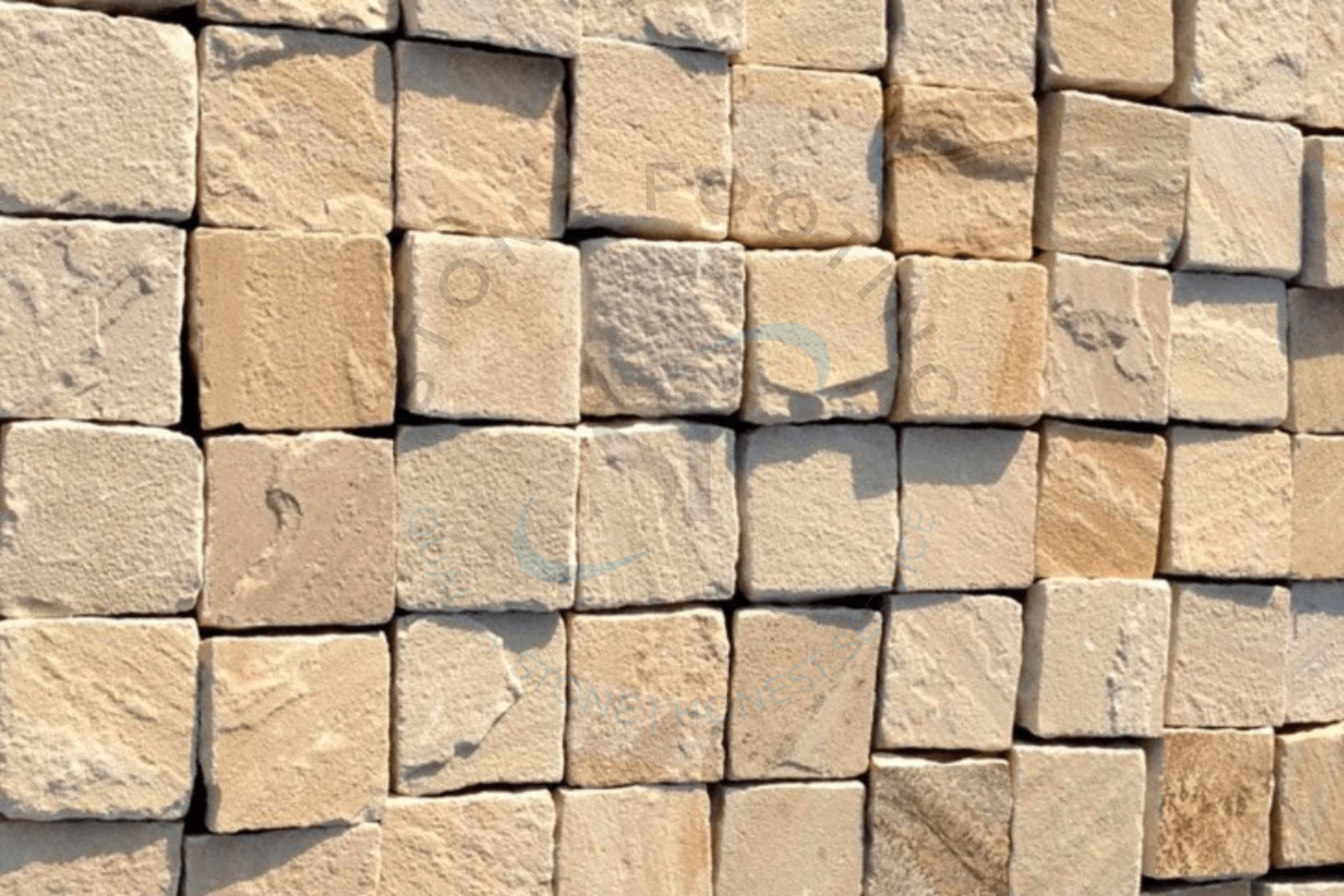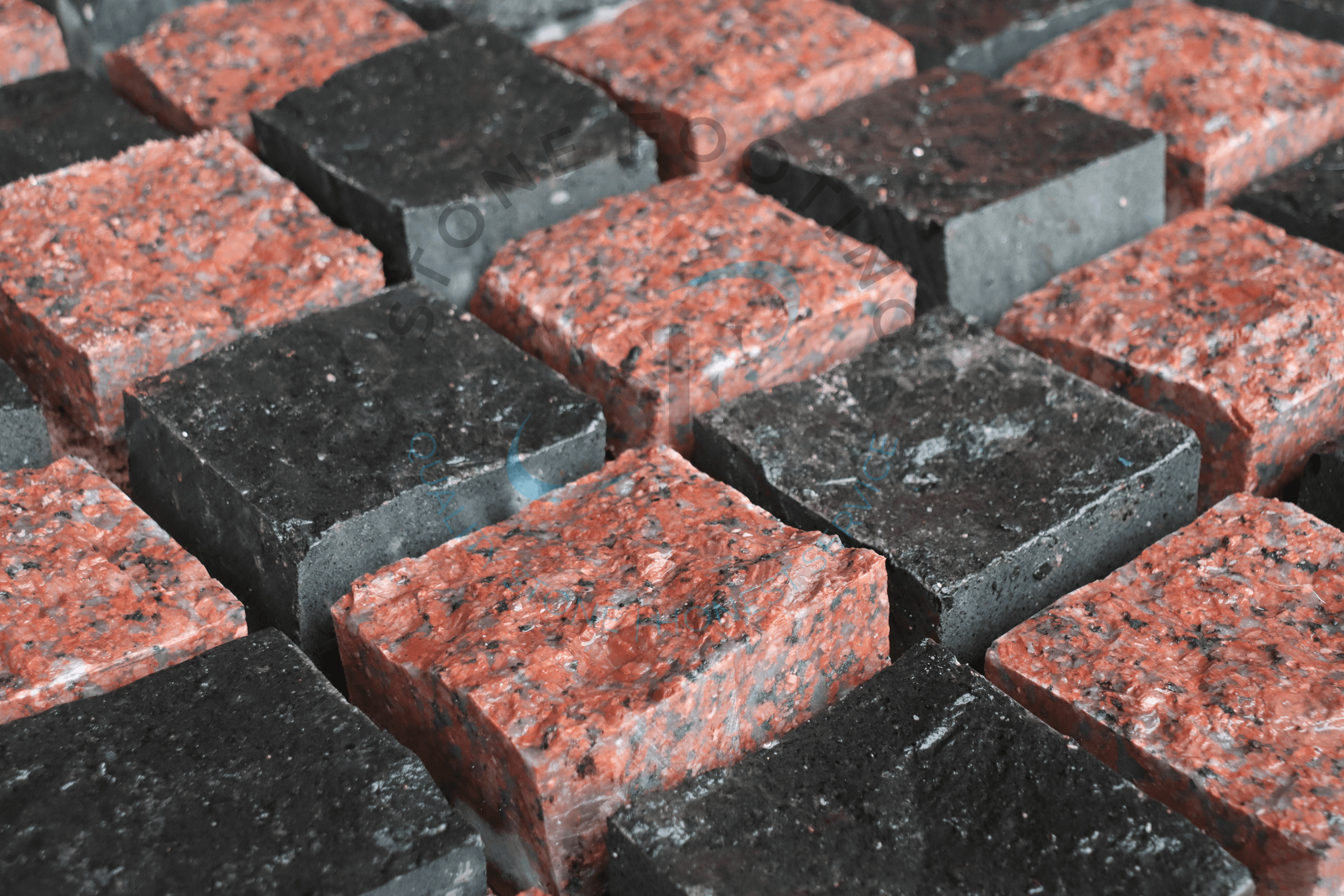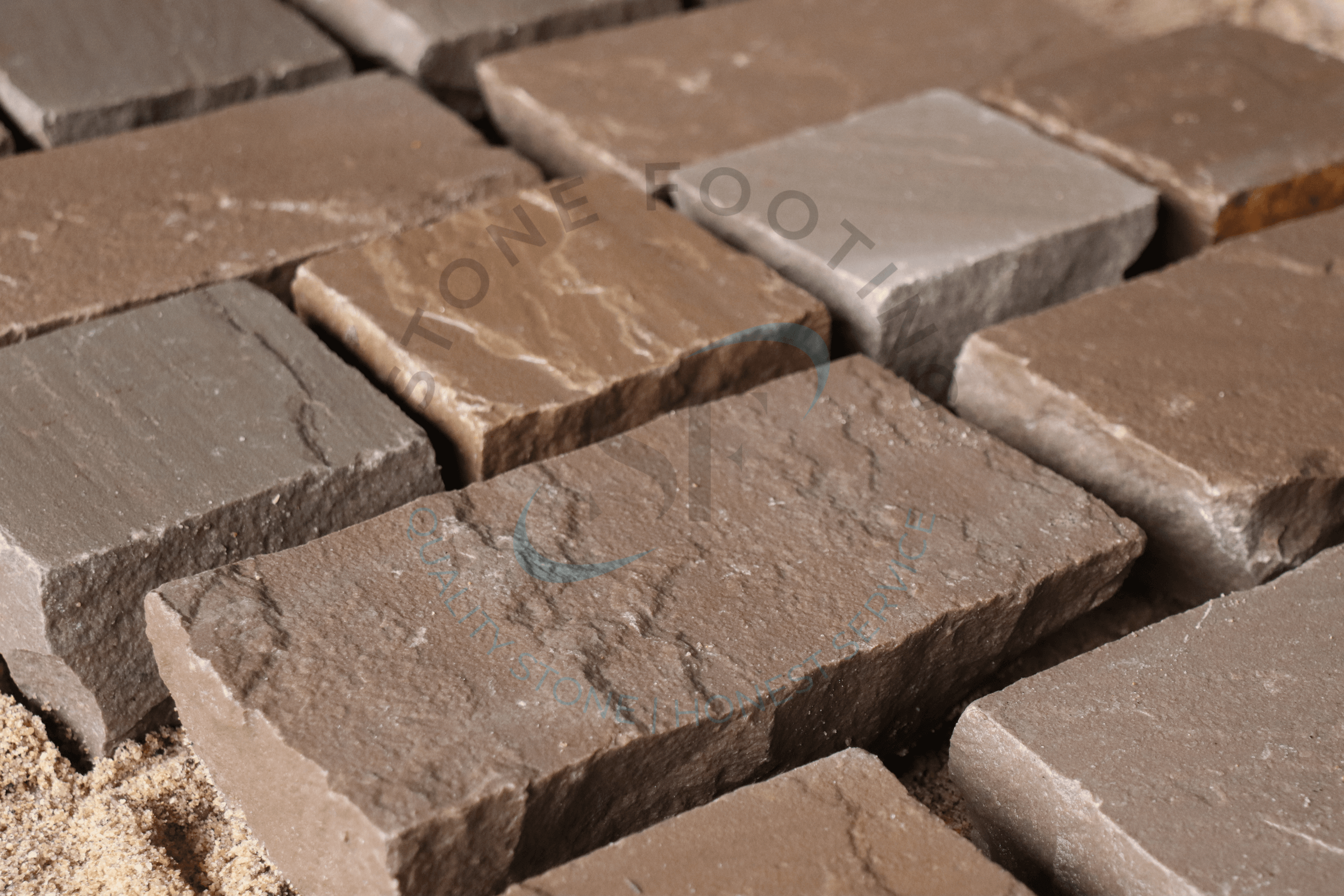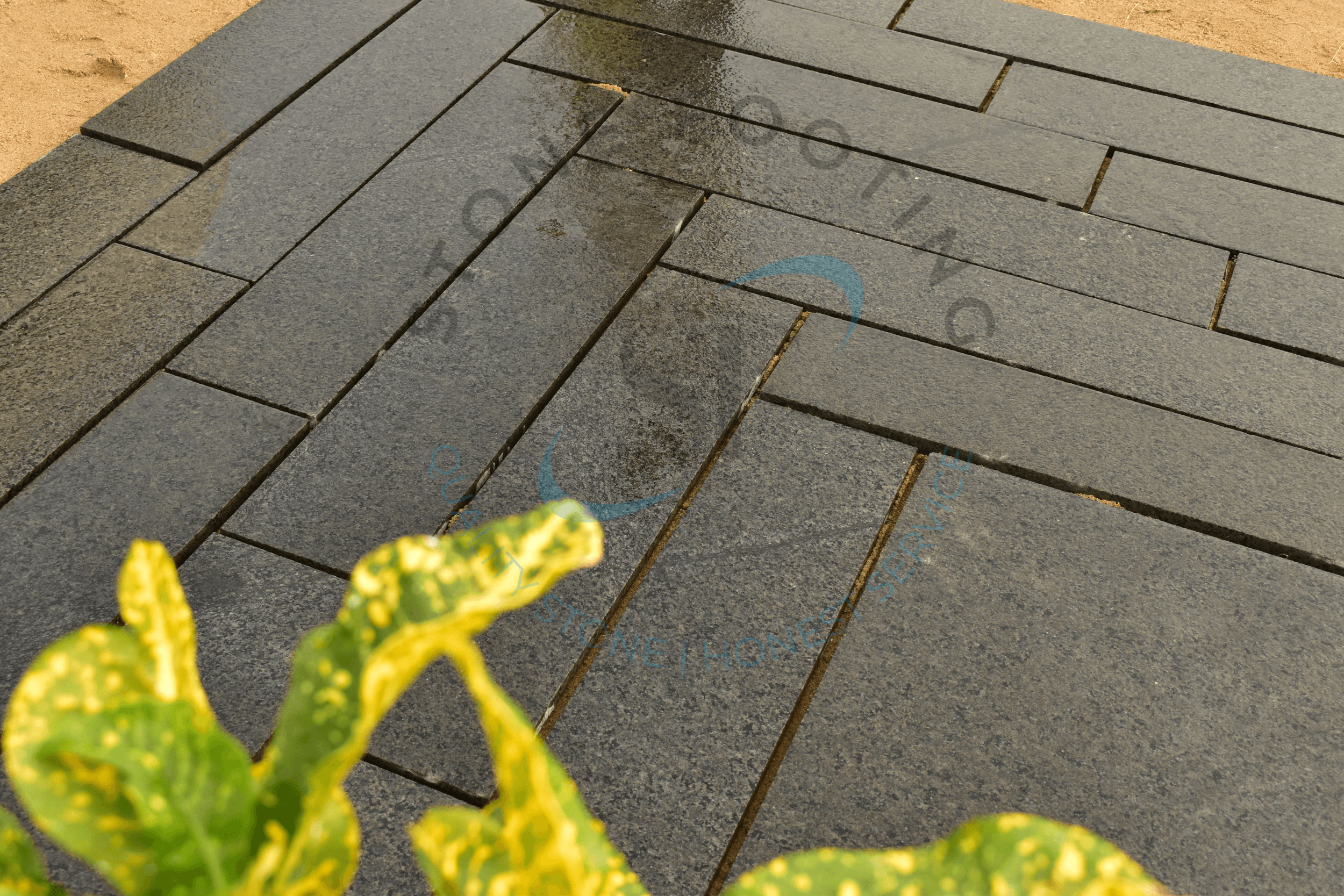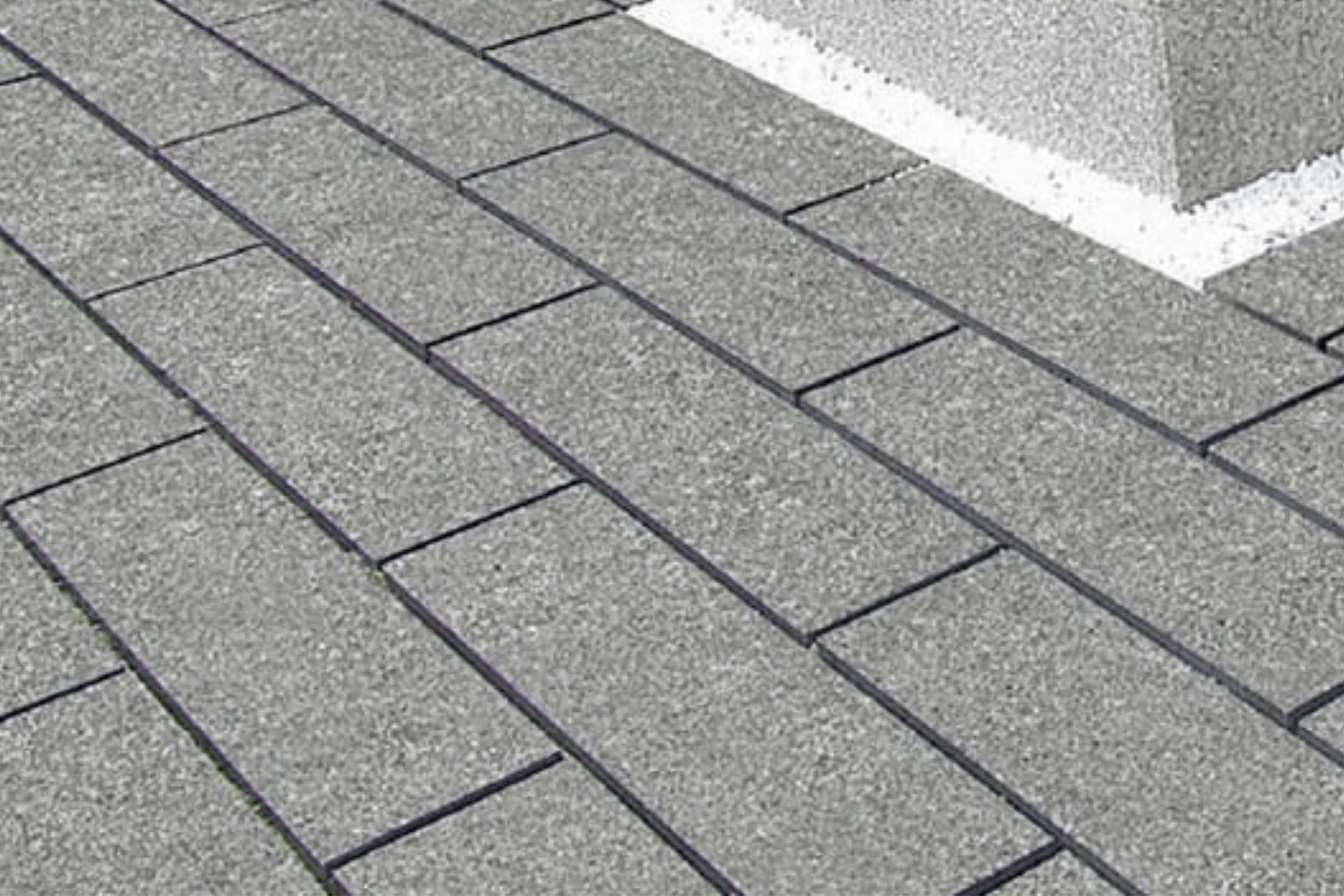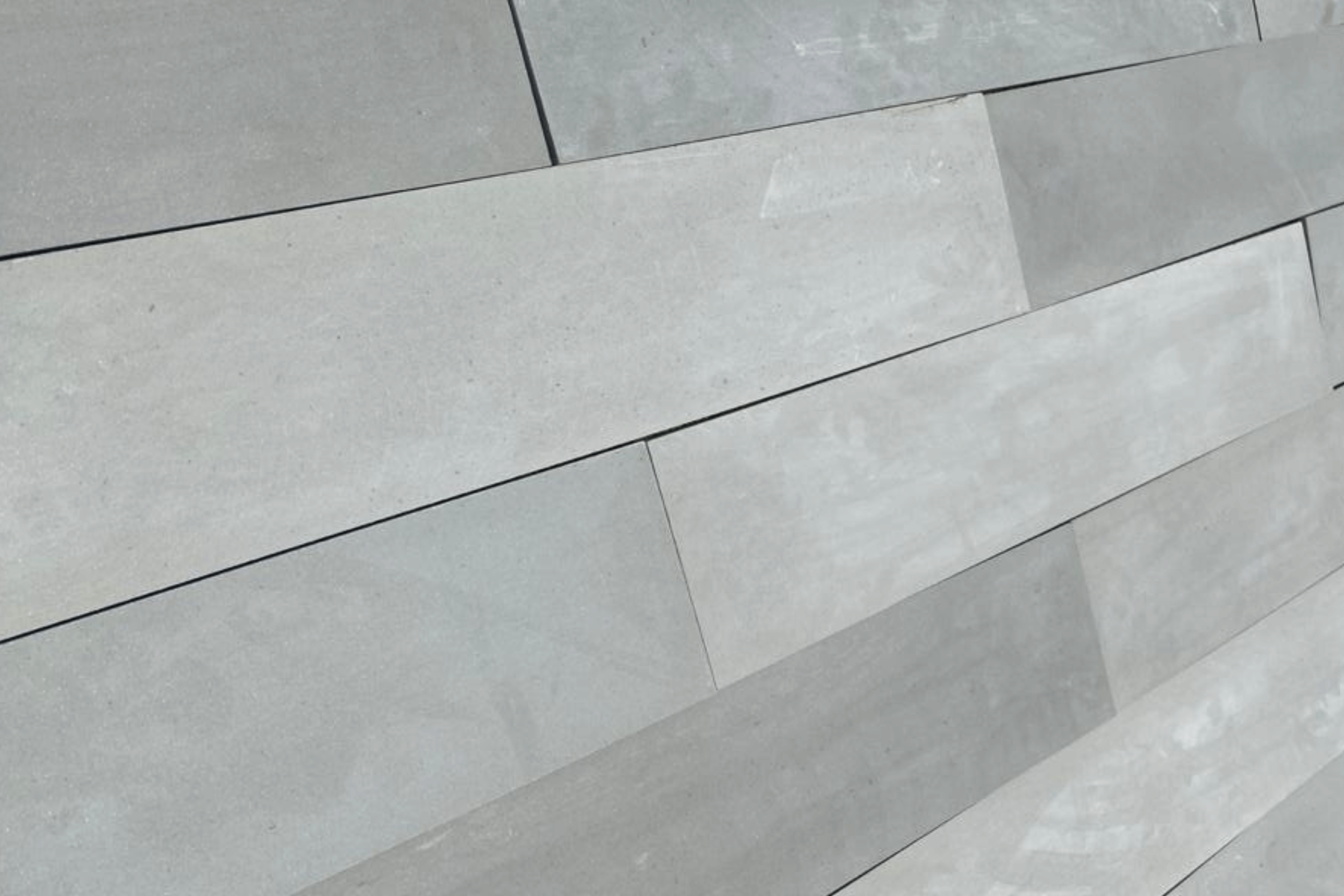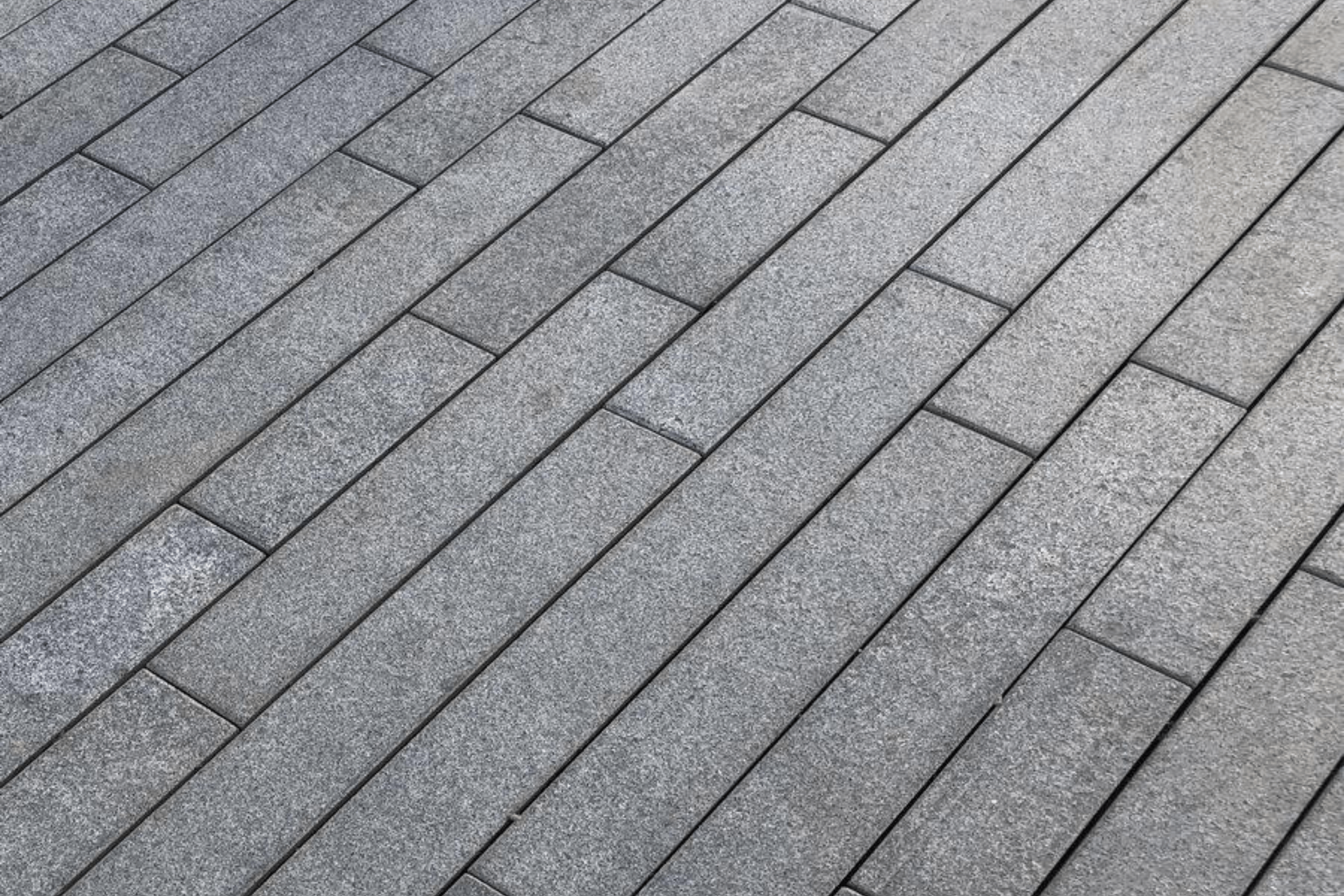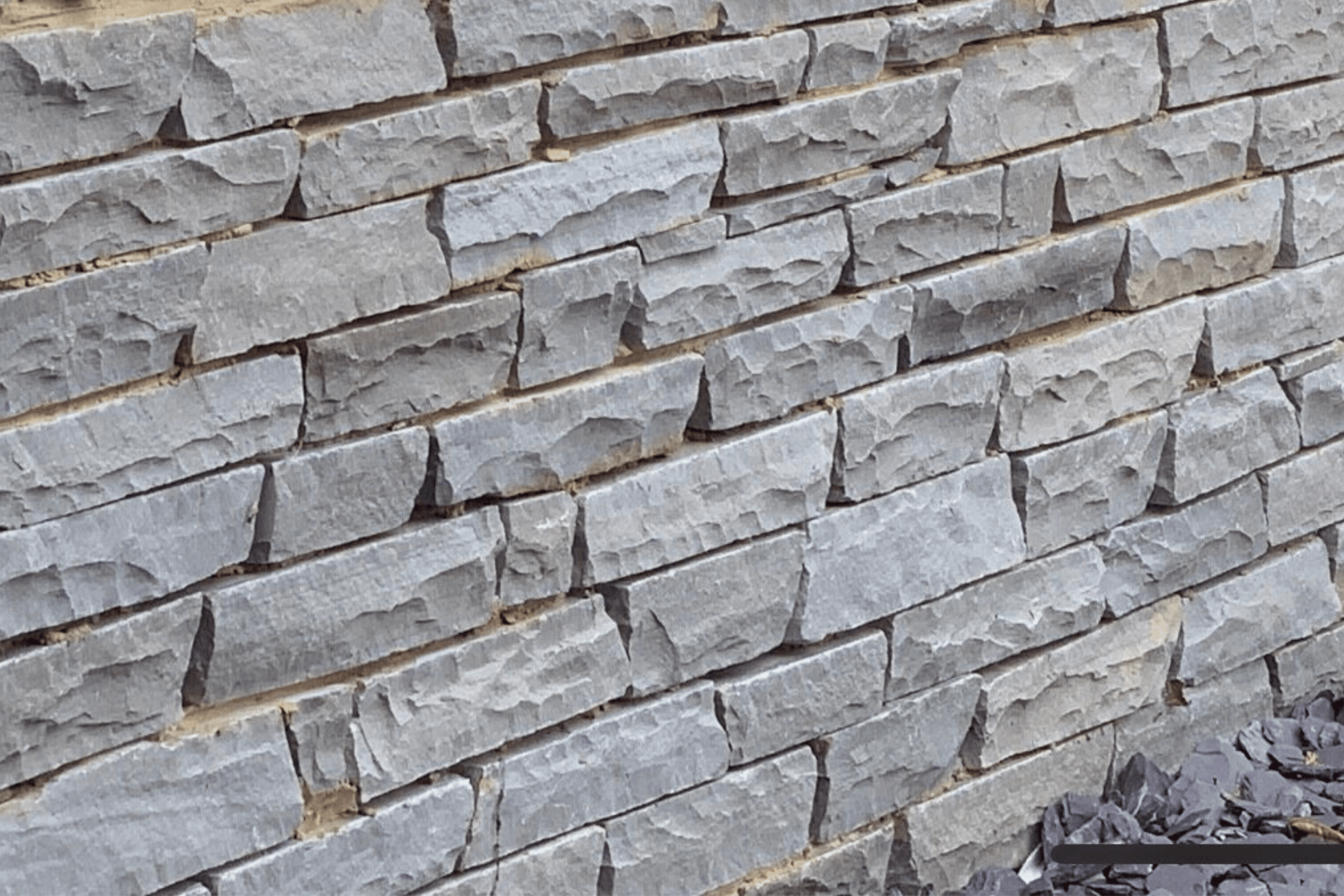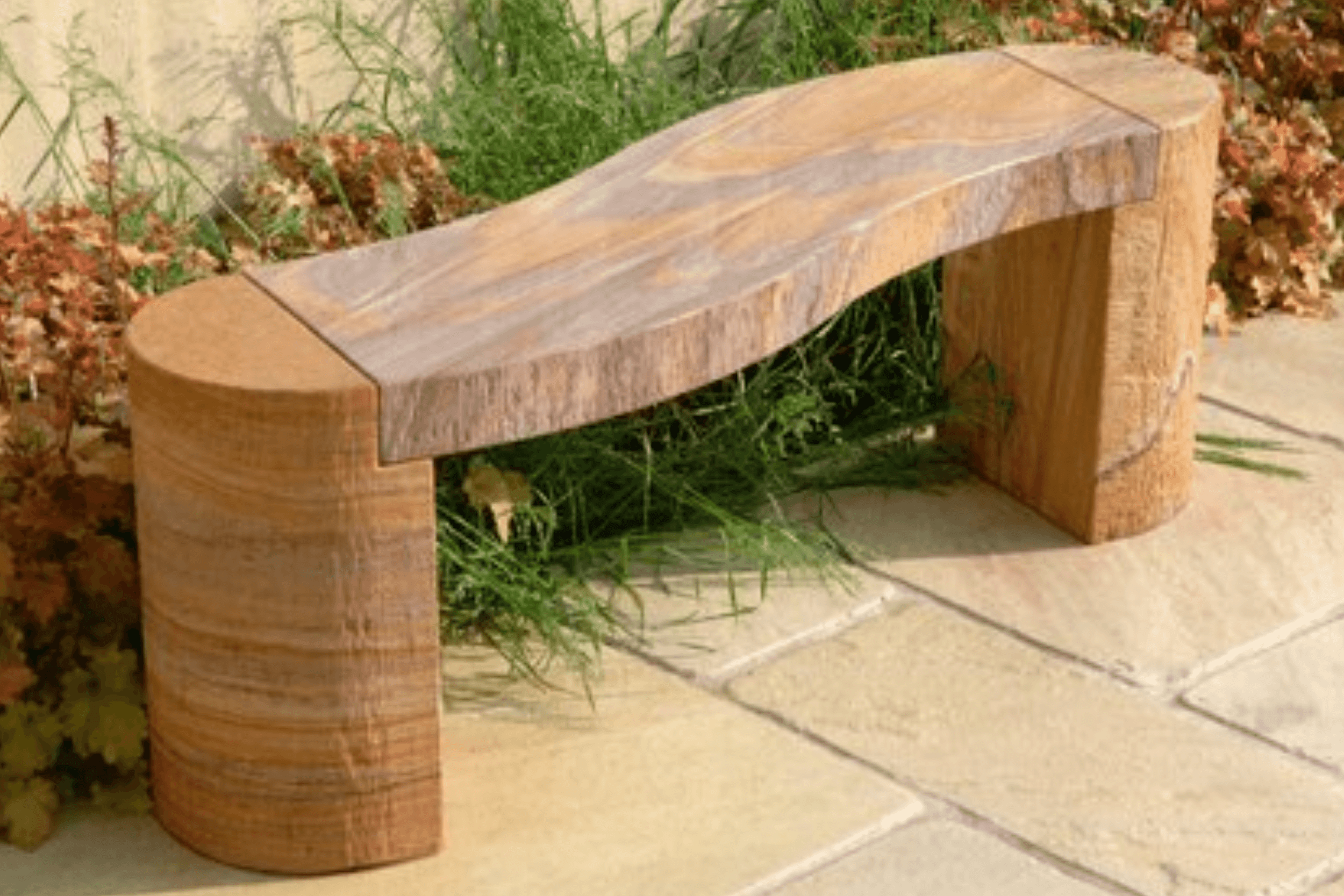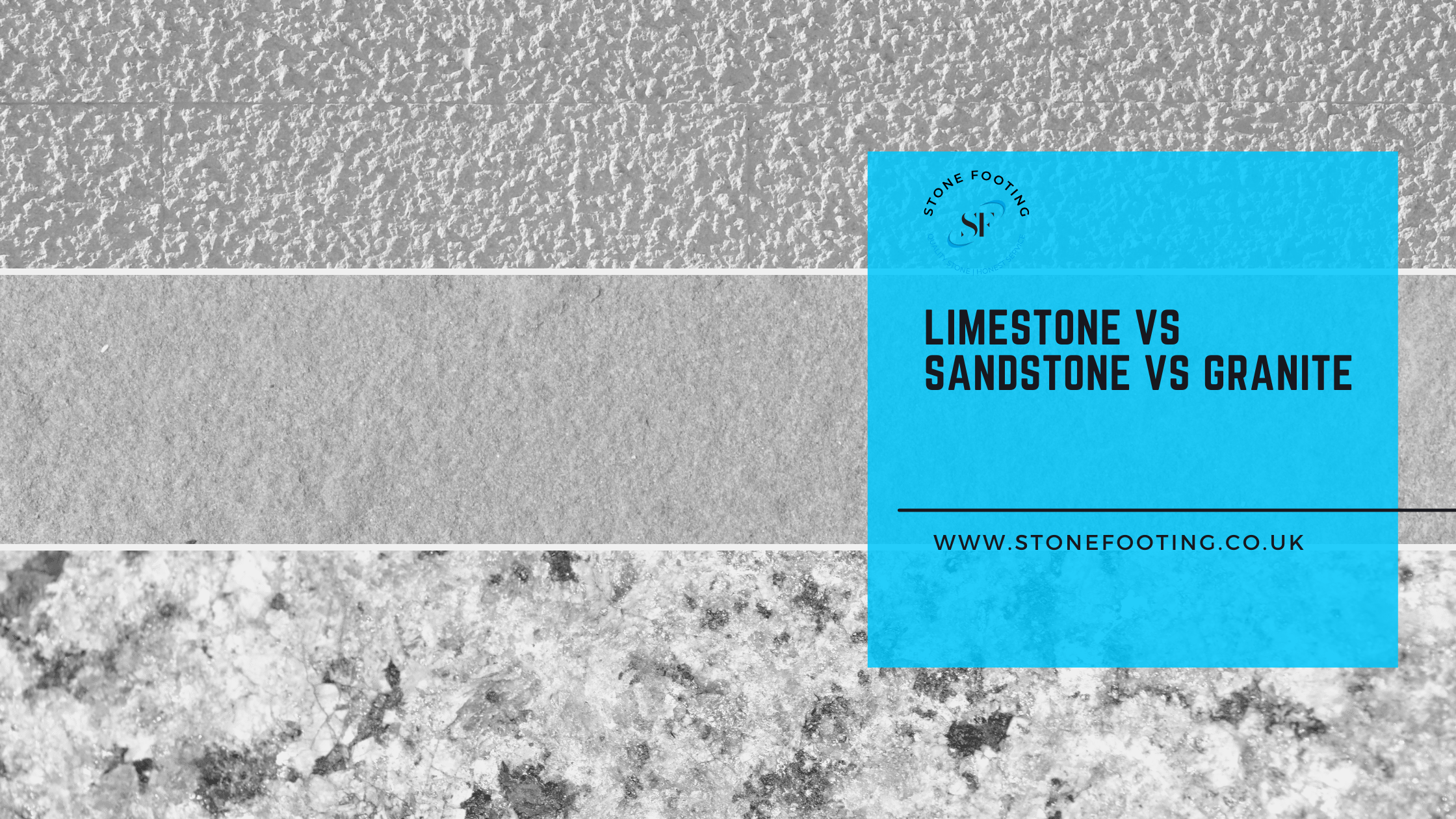Natural stones are classified based on their production method and mineral composition. The plurality of minerals may be identified based on their toughness, crystalline structure, and color. Though two stones may appear to be the same, they are not. Each stone is unique in some way. A stone’s exceptional quality may be determined by a few properties such as resilience, solidity, strength, outward appearance, universal applicability, weight, density, fineness of grain, permeability, and absorbency.
Let us now understand the difference between Limestone vs Sandstone Vs Granite.
Limestone vs Sandstone Vs Granite
Limestone vs Sandstone
Limestone and sandstone are the two most popular stone pavement alternatives on the marketplace. They are virtually always the possibilities considered by anybody considering starting a new sidewalk, yard, or terrace project, but it may be tough to determine which is the superior option.
Moreover, what are the distinctions between limestone and sandstone paving? We’ve pitted them against one other to see which one is best suited to your newest project. We’ll examine their strengths and shortcomings in four major categories – durability, style, and applications – to determine which paving material comes out on top.
Durability
Limestone and sandstone are both durable and long-lasting. Both stones perform well in terms of weather resistance and physical wear, making them excellent for outdoor pavement. Both stones have been employed equally in the construction of various buildings that still stand tall and sturdy today. Despite the resemblance, sandstone is simpler to deal with since it is softer than limestone. This also makes the stone more prone to scratches or puncturing, which is notably noticeable in interior settings. Despite this, it has a higher density than limestone and is commonly utilized in building.
Styling
Limestone has a uniform color and occurs in a few different shades, generally buff-grey, blue-grey, and blue-black.
Sandstone also comes in a wide range of colors and designs. Stone Footing offers a variety of sandstone alternatives.
When selecting limestone, sandstone, or any other natural stone pavement, it is best to consider how the stones will seem when wet. It’s a crucial topic to ask, as rain and wear may change the color of stone paving.
Applications
Easily accessible local Limestone rocks are ideal for use in a variety of outdoor projects such as patios, decks, walkways, stairs, and landscaping. Exotic kinds of limestones, marbles, and travertine, on the other hand, are used for rich interior decorations such as flooring, wall cladding, worktops, fountains, and sculpture. In contrast, sandstone boulders were employed in the construction of whole structures during the ancient times. Sandstones are most commonly seen in outdoor paving projects such as a patio, swimming pool, stepping stone, pathways, driveways, outdoor furniture, wall seats, monuments, water features, fire features, and fireplace.
Limestone vs Granite
Granite and limestone are two of the most prevalent and widespread rocks on the planet. Over the years, both have been employed as important building components. They are, nonetheless, significantly diverse in terms of substance, color, and application. Although the science behind the production of both rocks is complicated, there are substantial differences between granite and limestone.
Durability
Granite is indeed tougher than limestone and will survive for millennia. While limestone will not need to be replaced over your lifetime, it is more prone to wear and tear as well as chipping. Acid rain is also a threat to limestone. When your grandkids take over the cabin and the stairs down to the lake, they may need to replace them.
Style
One of the most striking colour contrasts is that between granite and limestone. Limestone is a pale stone that frequently seems white or taupe, whereas granite is a deeper grey. Furthermore, granite offers a wider range of colours than limestone. The colour scheme of your garden and cottage, as well as your own taste, will decide which works best in your setting.
Applications
Limestone is a valuable natural resource for humans. It is an incredibly versatile mineral that is employed in a wide range of sectors and applications. Almost every typical home has things made up of one or more forms. To name a few, there are uses for ornamental reasons and architectural constructions, roads, walls, paving slabs, industrial purposes, and so on. Conversely, Granite is an igneous rock with a wide range of uses. Because of its general resilience, strength, and various color possibilities, it is the most preferred choice for flooring. Granite slabs are also utilized for kitchen counters, the wash area, the balcony, table tops, and the dining room, in addition to flooring. Granite tiles are ideal for use as wall cladding.
Final Thoughts!!
You can readily detect and recognise rocks by using the Limestone Vs Sandstone Vs Granite features.
At Stone Footing, the leading wholesaler of Limestone, Sandstone and Granite, with all possible finishes at best prices, we provide our customers personalized choices based on thicknesses, shape, and appearance. We also maintain track of comparisons and timely shipments. In fact, various tests are done prior to final shipping, so that our clients do not have to worry about transportation or reliability difficulties.
Frequently Asked Questions
Is it more expensive to use limestone or sandstone?
Sandstone rocks are not as expensive as marbles and other Limestone kinds. Locally accessible sandstone variants are quite affordable, even when compared to other building materials such as cement-concrete.
What is the primary application of limestone?
Limestone, a sedimentary rock, is a significant resource found in the Earth’s crust. It has several applications. It is used to make cement by heating powdered limestone with clay. Cement is a component of mortar and concrete.
What distinguishes limestone?
Limestone is classified as an organic sedimentary rock because it includes the remnants of deceased creatures. Rare chemical sedimentary rocks arise as a result of the precipitation of calcium carbonate from ocean water. When exposed to extreme extreme pressures, limestone transforms into metamorphic rock marble.

